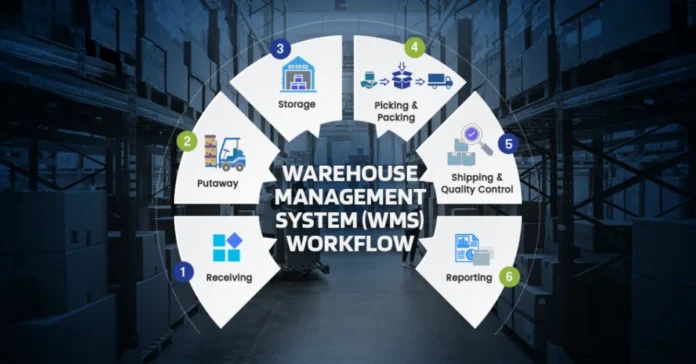Going to industry events can feel like a big deal. They can be a big investment – both emotionally and financially – and it’s natural to want to get each aspect of your attendance just right. A big part of that depends on how you plan out your exhibition stand, so let’s explore how you’ll start with that process.
Clarify why you’re going
Before floor plans, colour palettes, or stand builders like Focal Exhibitions enter the picture, pin down a single sentence that encapsulates your motivation for attending the event(s) in question. Do you need fifty qualified leads, five press interviews, a distributor for Spain, or 500 product trials?
Every later decision – plot size, demo kit, giveaways – should earn its place by helping to hit that outcome. Without a target, you risk spending heavily on a stand that looks busy yet drives no measurable value.
Set your budget and deadline
Show organisers set hard dates for deposits, graphics approval, and on-site build. Work backwards from opening morning, marking the last possible day for design sign-off, print production, freight booking, and staff training.
At the same time, carve your budget into three rough blocks: space hire, stand build, and everything else (graphics, power, data, catering, hotels). Make those numbers public inside the team so scope creep is everyone’s problem, not just the marketing manager’s.
Get the message right
Download the venue’s technical guide and grab a tape measure. Ceiling heights vary by hall; low beams limit banners and rigging. Note pillar positions, service ducts, and mandatory gangways. On a blank sheet, sketch zones for reception, product demo, storage, and quick meetings, then walk that layout in an empty office or car park. If staff bump shoulders in the mock-up, they’ll do the same on opening day.
Choose a build route early
Pop-up walls suit first-time exhibitors; modular aluminium frames bridge the gap to custom; full bespoke architecture lets creative ideas run their course. Each path sets different lead times and logistics. If you aim for modular, ask suppliers how the kit will reconfigure for next year’s different floor plan.
If you lean toward custom builds, brief the designer with photos of stands you like the look of and precise functional needs – lighting load, AV integration, lockable cupboards – before you set them to work.
Train your team
Great design fails if staff are buried in tech and information they’re unfamiliar with. Run a half-day rehearsal covering everything from body language and opening lines to data capture and polite exits.
Agree on dress code and shift patterns; tired people don’t project enthusiasm, so make sure that everyone has what they need to operate at their best. Pack a stand “emergency kit: tape, phone chargers, lint rollers, breath mints, spare pens, and maybe an energy drink or three.
Starting an exhibition-stand plan can feel a bit overwhelming, but breaking it into purpose, budget, space, build, and training keeps the project on rails. Nail those steps, and the stand does more than look good – it earns its place as a worthwhile investment.
Conclusion
Your exhibition stand succeeds when you plan with purpose. Define your goal, set boundaries, design for function, choose your build method, and train your team. Skip steps, and your investment becomes an expensive lesson.
Focus on results, not appearance. Competitors will have impressive displays. Beat them by converting conversations into business.



